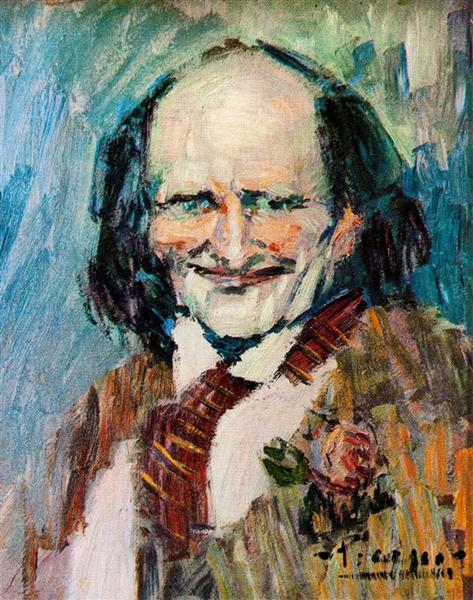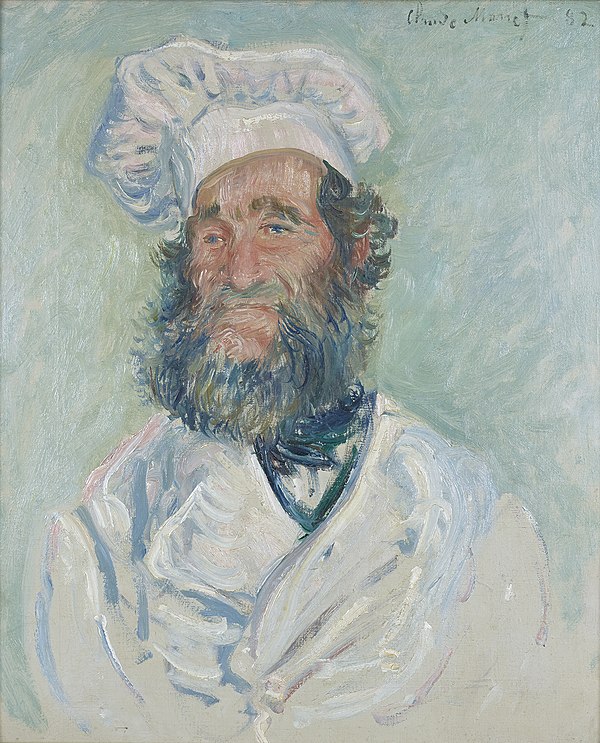Energy and persuasion are the geometric paradigms of this early work by da Vinci. Passion, anger, and the arrival of something clandestine seems to be in the painting but cannot be seen by the viewer; da Vinci, even in his earliest work, was a master of tension presentation and symbolic gesture. In the smoky glass autumn colored imagery of something that is supposed to be an act of glorious divinity, Leonardo may be suggesting something a bit different. Clothed in chaos and tremendous propensity, the whole painting seems to be capsizing into a new and darker meaning. What is Leonardo da Vinci’s purpose of conveyance?
The mood of the painting seems to suggest an apocalyptic overtone of the incarnation. But why? When you concentrate your senses into the center of the work, the magi are kneeling before a graceful and somewhat unconfident looking Mary. There is a tone of nocturnal concern in her shaded gaze; up above her is a gloomy overture of horses, men, and what appears to be a distant city lost in the background. The painting is tumescent with biblical overtones and imagery of doom and eternity. While a sea of chaos is candidly draped throughout each scene, there is also a rush of bright sunlit emotion of a higher and more refulgent
calling. The two are in a clash of chaos and conflict; however, da Vinci is careful in his presentation of center. Mary and the two kings form an almost perfect triangle, perhaps a distant omen of the trinity that is astutely a representative of cogent symbolism that is greater than humanity itself. In the foreground looms a building that is being repaired; this is perhaps to signify, again, the richness of the Savior’s importance and influence on mankind. The building is a possible lament of the Basilica of Maxentius, where, according to Medieval legend, the Romans claimed would stand until a virgin gave birth; it collapsed on the night of Christ’s birth (so the legend tells). The elongated palm tree is a symbol of Mary herself; it comes from the Song of Solomon verse, “You are stately as a palm tree.” (Song of Solomon 7:7) In ancient Rome, the palm tree was a symbol of victory; in Christianity, it was a symbol of martyrdom; more specifically, triumph over death. The other tree in the painting is from the carob family, and it represents the Crown of Christ. He is the King of Kings while Mary is the Queen of Heaven.
The proper interpretation of the conflict in this painting is da Vinci’s obsession with the battle of good and evil through the incarnation. It seems apparent that that the Pagan world is interjected by the Christian world. While a pall of gloomy lighting fans the painting, the colors of Mary and Jesus are bright yellow, signifying the light that is life. The trees are also polished with a bluish tone that may signify contentment and assurance in a chaotic and evil world.
Leonardo’s arrangement of this violent but regulated passion is not exaggerated. It is to be taken into segments by the viewer. The painting commands it. There is a lot to see, as is with all da Vinci’s work. His geometric calculations are proportionate to the dramatic intensity he further explores and demonstrates as he continues with his obsession of the human condition. This early but important work is an extraordinary prophecy of his art to come. Both the conception and the execution with which da Vinci’s intellect struggles over, is happily and confidently restored by the viewers end of comprehension. It is a biblical and pagan journey of the senses as well as the victorious cling to the miraculous passion of the Savior and his exalted purpose.
CLOSE-UP IMAGES OF THE PAINTING
© 2024, Mark Grago. All rights reserved.







